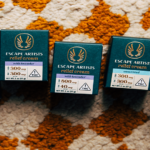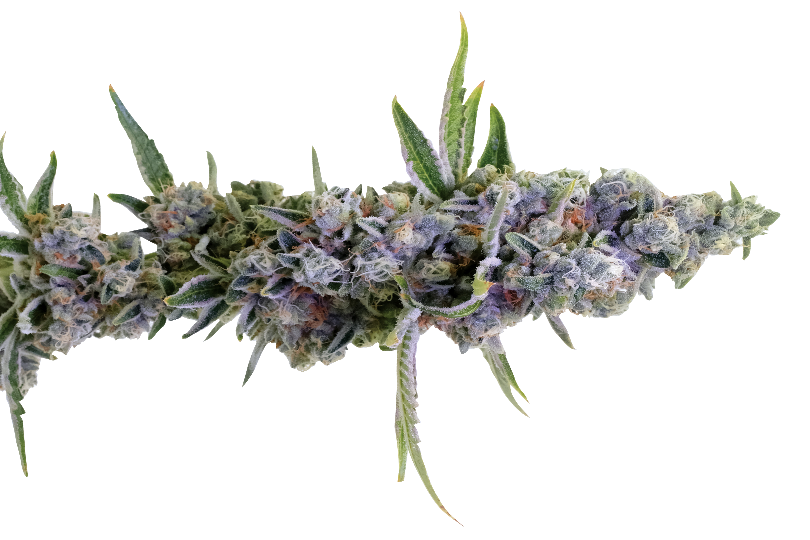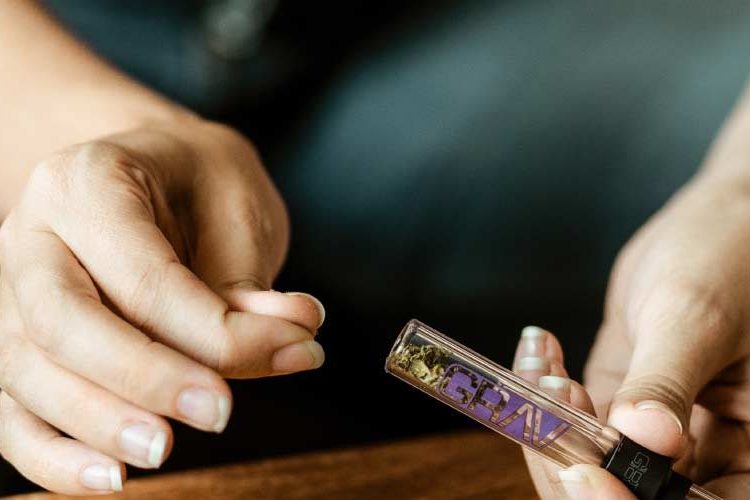Cannabis available at a dispensary is prepackaged and ready for use, but the process of getting that product to consumers requires many stages. Starting from seed, cannabis is cloned, cultivated, harvested, dried, cured, tested and packaged for consumption. It can take several months for a plant to reach its flowering stage, and growing conditions play a large role in the length of this timeline. Because of controlled conditions and lighting indoor grows can cultivate flower in three to six weeks, whereas growing outdoors can take as long as eight months. Here’s a look at the process of planting and growing flower.
Cloning
Most commercial cultivation facilities use a cloning process instead of planting seeds to bypass the seed germination stage. Cloning is a method of reproducing plants using an existing plant. Growers cut a clipping from the parent plant, creating a genetic copy. That clipping begins to develop roots, and jumps straight to the vegetative stage of cultivation. This is an efficient way to guaranteeing genetic consistency across strains.
Vegetation
Vegetation is a stage of accelerated growth where the plant is moved to a larger pot, allowing it to root comfortably and firmly. During this time, the plant requires more water, light and nutrients to facilitate growth.
Flowering
Flowering is the stage where the plant develops its buds and has its final growth spurt before being harvested. Like the vegetation stage, flowering requires a very controlled environment to optimize growth. Depending on the strain, this stage can take three to 16 weeks. Sativa strains tend to flower more slowly than indica strains. Once the buds are developed and resinous, they’re ready for harvest.
Drying and Curing
After being carefully hand-harvested, flower buds are dried and cured. The drying process takes 12-14 days, during which the chlorophyll in the plant degrades. The rate at which this breakdown occurs can be influenced by environmental factors such as heat, light and humidity. Optimal conditions allow for a slow, controlled degradation of chlorophyll and better flavor, as it also permits the degradatioh of other harsh-tasting compounds in the plant.
What’s Next?
Once the plant is fully grown and ready to harvest, it goes through a series of other processes. If the plant is to remain a flower product, it will be dried and cured before being tested and packaged for sale. If it’s to become a distillate concentrate, it will be cured and dried before being processed to create a potent distillate oil. It it’s to be live resin concentrates, the buds will be flash frozen after harvest and processed into flavorful oil.




